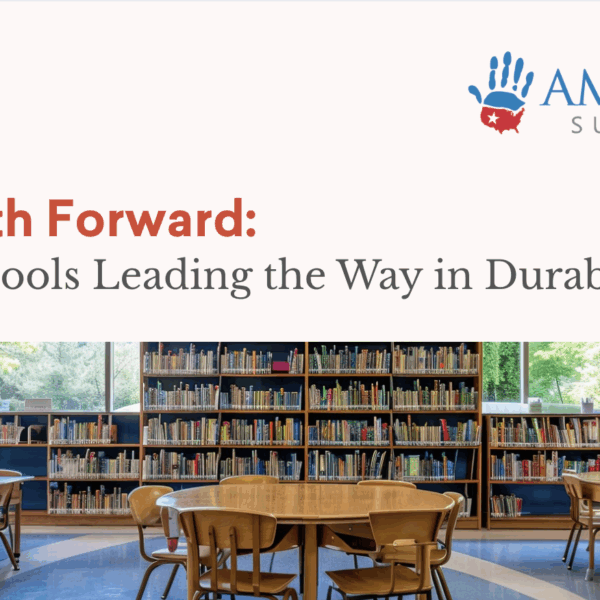At the center of all the converging factors and trends that are impacting our workforce capacity and productivity is the fact that both learners and employers are in search of skills.
As job vacancies have reached 20-year high and unemployment rates are simultaneously reaching record-lows, businesses and employers are finding it difficult to find qualified candidates in the shallow labor pool. At the same time, a college degree has become an incomplete indicator of workforce readiness. While technical skills may land someone an interview, it is the mix of technical and Durable skills that make a person successful at their job. Unfortunately, 89 percent of executives are struggling to find candidates with the Durable Skills – like collaboration, communication, and adaptability – that are needed for the job market.
The result of these labor force shortcomings? Companies are taking the initiative, investing in up- and re-skilling programs, as well as building their own credentialing services, to move beyond degrees-based hiring and develop better systems to ensure candidates are qualified.

The opportunity is huge; approximately 1.4 million jobs could become available to workers without degrees in the next five years, largely due to these shifts in the business role in workforce development and skills-based hiring. Though progress is being made, more and more industries will need to begin shifting their practices going forward in order to overcome the inadequacies in both size and strength of our current labor pool. Doing so will not only help businesses; workers, aspiring professionals, and our economy as a whole will benefit from a further commitment to education and training that prepares people to succeed in an evolving career landscape.
Luckily, our learners and workers are up to the task; they too are highly motivated to acquire the necessary skills to succeed in the modern workforce. A recent survey revealed that 74 percent of Gen-Z want to learn skills to prepare them for in-demand jobs. Workforce and education development can play a large role in preparing our labor pool for the jobs of today and tomorrow. Our workforce and economy are undergoing a period of turbulence without a clear end in sight; with every step that we take to create skilling opportunities for learners and funnel adults in need of training into quality programs, the quicker the skills gap will close and our economy will recover.
Ready to learn more? Read the full No Worker Left Behind report, out now.




